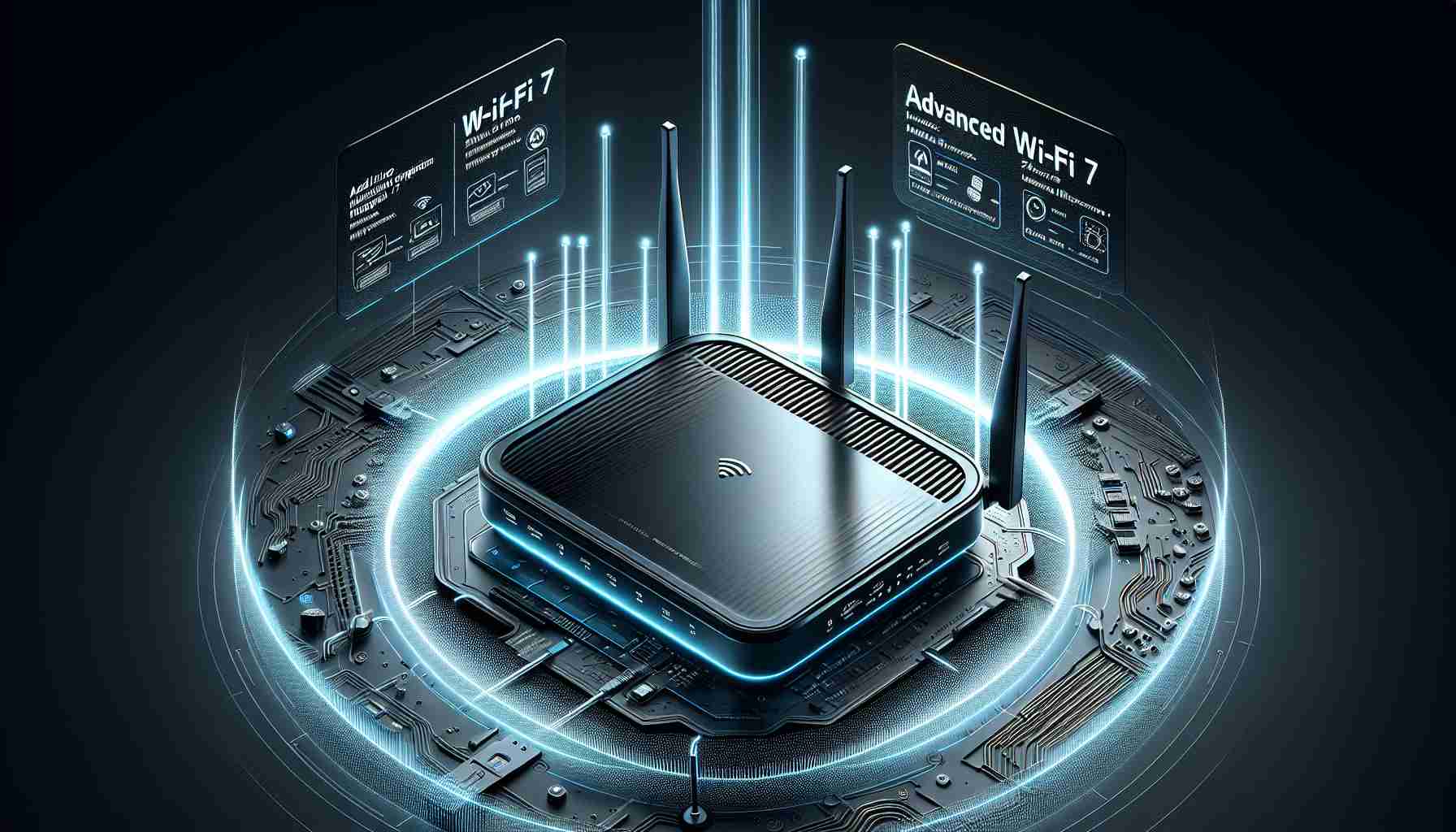Xiaomi launches a new high-performance router, the Xiaomi BE5000, enhancing connectivity with cutting-edge technology. The addition to Xiaomi’s lineup is an advanced connectivity device, the BE5000 model, which sets a new benchmark in network performance with its implementation of Wi-Fi 7 technology.
The BE5000 distinguishes itself from its predecessors by its significant increase in bandwidth and speed, boasting improvements of 68% and 48% respectively over Wi-Fi 6. This enhancement ensures a smoother and more efficient online experience for users.
The BE5000 router is designed with a powerful five-antenna system, providing extensive signal coverage. With a remarkable reach, the device is capable of extending a strong signal across a radius of 4.5 meters, thanks to the incorporation of Xrange 2.0 technology which bolsters its wireless coverage significantly.
Another impressive feature of this router is the incorporation of Multi-Link Operation (MLO), which facilitates the device’s ability to connect to multiple frequency bands at once. The technology merges two channels to deliver signals concurrently, thereby minimizing the impact of environmental interference on signal quality.
Under the hood, the router is powered by a 6nm processing chip, enabling support for up to 128 devices concurrently. In terms of connectivity, it offers an array of ports – a 2.5 Gbps high-speed WAN/LAN port complemented by three additional 1 Gbps WAN/LAN ports, ensuring versatile and rapid connections.
For gaming enthusiasts, the router features a dedicated low-latency mode to enhance gaming experiences, allowing players to enjoy their favorite games with minimal delay.
While currently available in China with a price tag of approximately $40, the global availability of Xiaomi’s BE5000 is still pending confirmation.
One relevant fact about the implementation of Wi-Fi 7 technology is that it is expected to significantly expand the capacities of wireless networks. Wi-Fi 7 (also known as 802.11be) is designed to work on the 2.4GHz, 5GHz, and 6GHz bands, potentially offering higher throughput and reduced latency compared to its predecessors. This could enhance the functionality of high-bandwidth applications, such as virtual reality (VR), augmented reality (AR), and 8K video streaming.
Important questions and answers associated with the Xiaomi BE5000 router:
– What is Wi-Fi 7 and how does it compare to Wi-Fi 6?
Wi-Fi 7 (802.11be) is the next generation of Wi-Fi expected to offer faster speeds, lower latency, and increased bandwidth efficiency compared to the current Wi-Fi 6 standard. It supports higher data rates and has improved capabilities for handling more devices simultaneously.
– Is the Xiaomi BE5000 router backward compatible with older Wi-Fi standards?
While the article doesn’t specify, most modern routers, including those with Wi-Fi 7 capabilities, are designed to be backward compatible with older Wi-Fi standards to ensure seamless connectivity with existing devices.
– Can the Xiaomi BE5000 router improve online gaming experiences?
Yes, with the dedicated low-latency mode specifically for gaming, this router can potentially improve gaming experiences by providing a more stable connection with less delay, which is crucial for real-time online gaming.
Key challenges associated with the Xiaomi BE5000 router:
Given that Wi-Fi 7 is still in the process of market introduction, there may be challenges in terms of consumer adoption and availability of devices that can fully utilize its capabilities. Additionally, the global market’s readiness to transition to Wi-Fi 7 could influence the router’s widespread adoption.
Controversies:
As of my knowledge cutoff, there are no specific controversies regarding the Xiaomi BE5000 router. General controversies surrounding such devices usually relate to concerns about privacy, security, and potential health impacts of stronger wireless signals.
Advantages and disadvantages:
The Xiaomi BE5000’s advantages include advanced Wi-Fi 7 support, which provides increased speed and bandwidth for a smoother online experience. The router also supports a large number of concurrent devices and has a strong signal range. A potential disadvantage is that, as Wi-Fi 7 is relatively new, many devices do not yet support the standard, which may limit the immediate benefits for consumers. Furthermore, as the router’s global availability is unconfirmed, customers outside China may have to wait or pay additional costs for import.
For more information on Xiaomi products, you can visit their official website at Xiaomi.
The source of the article is from the blog japan-pc.jp
